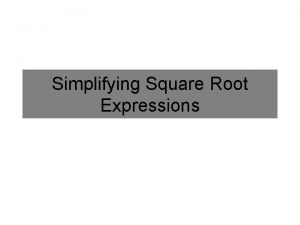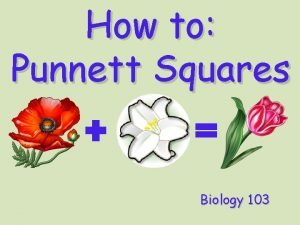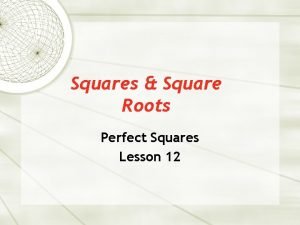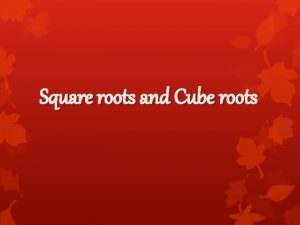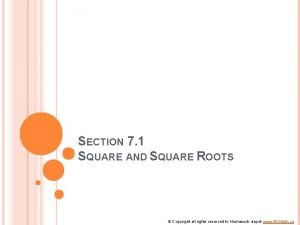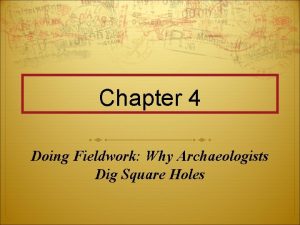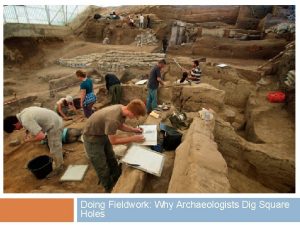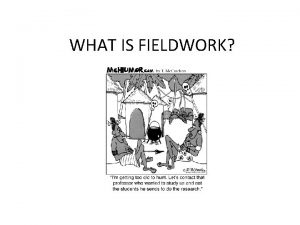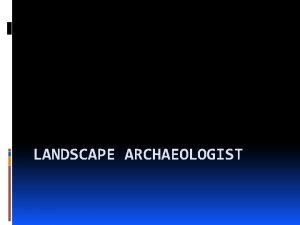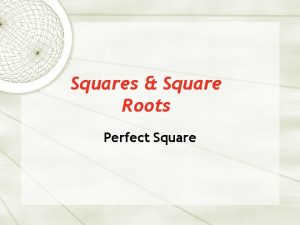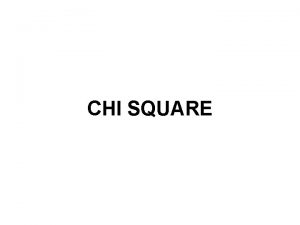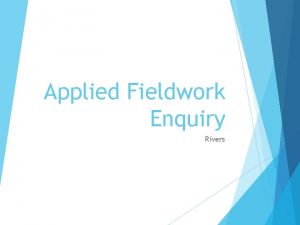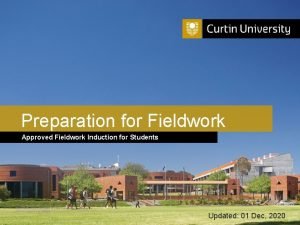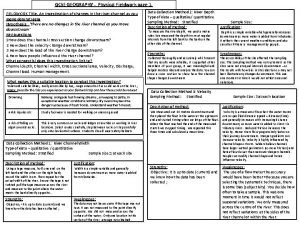Chapter 6 Doing Fieldwork Why Archaeologists Dig Square




















- Slides: 20

Chapter 6 Doing Fieldwork: Why Archaeologists Dig Square Holes

Outline • • • Excavation: What Determines Preservation? Principles of Archaeological Excavation Precision Excavation Sifting the Evidence Cataloging the Finds Conclusion: Archaeology’s Conservation Ethic: Dig Only What You Must

Provenience • An artifact’s provenience is its location and context within a site. • This is the most important thing about that artifact. • The guiding rule in all excavation is to record context, and this means recording provenience of artifacts, features, and ecofacts.

Excavation: What Determines Preservation? • The exact procedures in any excavation depend on several factors, beginning with the kind of materials that have survived the passage of time. • Decomposition is carried out by microorganisms that require warmth, oxygen, and water to survive.

The Excavator’s Toolkit • 5– 6 inch trowel • Metal file • 2 - and 25 -meter tape measure • Work gloves • Builder’s level and angle finder • Compass • Pencils and Sharpie pens • Spoon, Nails • • • Straight-edge ruler Torpedo level Root clippers Small wire cutters Empty film canisters Toilet paper (for wrapping delicate artifacts) • Toothpicks (for temporarily marking artifact locations)

How Archaeologists Dig • Archaeologists excavate within horizontal excavation units in natural levels and arbitrary levels. • Natural levels are the site’s strata which are more or less homogeneous, visually separable from other levels by a change in texture, color, rock or organic content. • Archaeologists prefer to excavate in natural levels wherever possible.

How Archaeologists Dig • Arbitrary levels are basic vertical subdivisions of an excavation square. – They are used only when recognizable “natural” strata are lacking and when natural strata are more than 10 cm.

Arbitrary Levels Can Effect Artifacts From Natural Strata • The natural strata—A, B, C, and D—each contain a particular kind of artifact. • Each strata represents a unit of time. • If excavated using arbitrary levels— 1, 2, 3, and 4—those levels would crosscut the strata.

Sifting the Evidence: • Digging is just the beginning of excavation. • No matter how carefully you excavate, it is impossible to see, map, and recover everything of archaeological interest. • Sifters find things that hand excavation misses.


Why Archaeologists Dig Square Holes 1. If pit sidewalls are kept straight and perpendicular, excavators can use the dirt to maintain horizontal control on the X and Y axes by measuring directly from the sidewalls. 2. If the excavator misses something, the sifting process can tie its provenience down to a particular level in a particular unit—a very small area of the site.

Water-screening • A sieving process in which deposit is placed in a screen and the matrix washed away with hoses. • Essential where artifacts are expected to be small and/or difficult to find without washing.

Flotation • Using fluid suspension to recover burned plant remains and bone fragments. • Based on the principle: Dirt doesn’t float, but carbonized plant remains do. • Seemingly unimportant burnt seeds collected through flotation helped make the important discovery that Native Americans domesticated plants more than 4000 years ago.

Quick Quiz

1. The guiding rule in all excavation is to record context, and this means recording ____ of artifacts, features, and ecofacts.

Answer: provenience • The guiding rule in all excavation is to record context, and this means recording provenience of artifacts, features, and ecofacts.

2. Archaeologists prefer to excavate in arbitrary levels wherever possible. A. True B. False

1. Answer: B. False • Archaeologists prefer to excavate in natural levels wherever possible

3. No matter how carefully you excavate, it is impossible to see, map, and recover everything of archaeological interest, _____ finds things that excavation misses.

Answer: sifting • No matter how carefully you excavate, it is impossible to see, map, and recover everything of archaeological interest, sifting finds things that excavation misses.
 Why why why why
Why why why why Anything worth doing is not necessarily worth doing well
Anything worth doing is not necessarily worth doing well Doing nothing is doing ill
Doing nothing is doing ill Huckleberry finn chapter 3 summary
Huckleberry finn chapter 3 summary Why did the townspeople dig up peter wilks body
Why did the townspeople dig up peter wilks body 6 stages of geography fieldwork
6 stages of geography fieldwork Undertaking clinical fieldwork
Undertaking clinical fieldwork Fieldwork ap human geography
Fieldwork ap human geography Field work definition in geography
Field work definition in geography Fieldwork sf
Fieldwork sf Complex data presentation geography
Complex data presentation geography Geography fieldwork in school grounds
Geography fieldwork in school grounds Dont ask
Dont ask Oedipus rex review
Oedipus rex review Why are we doing this
Why are we doing this Risky sports
Risky sports Square root of fractions
Square root of fractions Biology
Biology Square numbes
Square numbes Cube and square 1 to 20
Cube and square 1 to 20 Square root equation
Square root equation
















